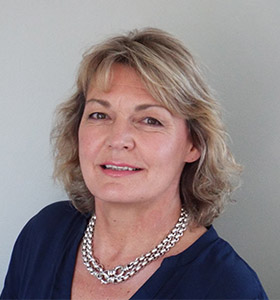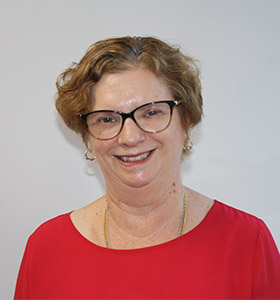
Figures from DHB advisory service, TAS, show vacancies across the 17 DHBs (which supplied data) increased from 983 in March 2019 to 1154 by March 2021.
But NZNO care capacity demand management (CCDM) coordinator Maree Jones said the vacancy rate would be “significantly higher” if all 20 DHBs had undertaken full FTE calculations across all their inpatient wards. Three large DHBs – Canterbury, Counties Manukau and Waikato – had not supplied figures and were well behind in data collection, she said.
Jones estimated their vacancies could push rates as high as 10 per cent. And most remaining DHBs had not done a full tally, she said.
“Very few of the 17 DHBs [which provided figures] have fully completed FTE calculations in all of their eligible wards over the past 12 months.”
After 12 years of pushing for safe staffing, Jones said nurses were fed up. “This is why our members are so angry and don’t trust them.”
In a safe staffing accord signed alongside the 2018 DHB multi-employer-collective agreement, all 20 DHBs agreed to implement safe staffing tool CCDM by June 30.

Yet, only 69 per cent had done so, which fell “way short”, NZNO acting nursing and professional services manager Kate Weston said. Nor did the figures take into account increasing patient acuity nor how long it took to recruit staff – up to 86 days in some cases, she said.
Pilot evaluations of CCDM uptake had been completed at Capital & Coast, Hutt Valley and Hawke’s Bay DHBs. The TAS safe staffing unit – which includes DHB and NZNO representatives – expected the rest to be completed by September 30, Jones said.
Health Minister Andrew Little has also announced a three-month review of CCDM but it was not clear what role NZNO would have, Jones said.
While the vacancies had grown over the past two years, the rate had stayed the same as the workforce had increased by 2,600 FTEs over that time, TAS said.
The 2021 figures showed Lakes DHB had the highest vacancy rate at 11 per cent – 58 FTE. That was followed by Hawke’s Bay DHB at 8.5 per cent, or 82 FTE. Tairawhiti DHB had a seven per cent vacancy rate or 24 FTE; while Southern DHB had a seven per cent vacancy rate, or 120 FTE.
Auckland, Northland and Wairarapa DHBs all had vacancy rates higher than six per cent.



